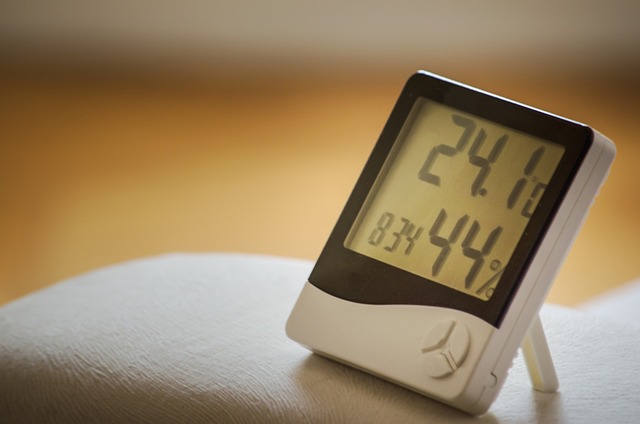Implementing effective ventilation strategies, controlling humidity, and promptly addressing water leaks are key to preventing mold growth in homes. By maintaining optimal air circulation, keeping humidity levels between 30-50%, and fixing moisture sources, individuals can significantly reduce the likelihood of mold, improving indoor air quality and safeguarding health. These home mold prevention tips, including proper ventilation systems and regular dehumidification, are vital for creating a healthy living environment and avoiding the potential risks associated with mold.
In the quest to maintain a healthy and comfortable home environment, understanding and mitigating mold growth is paramount. Mold thrives in damp, poorly ventilated spaces, leading to not only unsightly discoloration but also potential health risks. This article provides comprehensive insights into effective ventilation strategies for mold control, along with humidity management tips. Discover proven methods like increasing air circulation, using exhaust fans, and maintaining optimal humidity levels to prevent and eliminate household mold, ensuring a safe and mold-free living space.
- Understanding Mold Growth and Its Impact
- Ventilation Strategies to Prevent and Control Mold
- Effective Humidity Control Measures for a Mold-Free Home
Understanding Mold Growth and Its Impact

Understanding Mold Growth and Its Impact is crucial when it comes to implementing effective ventilation strategies for its control, especially within domestic settings. Mold thrives in environments characterized by high humidity, insufficient airflow, and temperature extremes. It can develop on various surfaces, including walls, ceilings, and floors, often hidden behind furniture or within poorly ventilated areas such as bathrooms and kitchens. The presence of mold not only compromises indoor air quality but also poses potential health risks to occupants, triggering allergies, respiratory issues, and even neurological problems in severe cases.
Effective home mold prevention necessitates proactive measures that go beyond mere cleaning. Key strategies include controlling humidity levels through ventilation systems and air conditioning units, ensuring adequate airflow throughout the property, and promptly addressing water leaks or sources of moisture. By integrating these mold prevention tips into daily routines and home maintenance practices, individuals can significantly reduce the likelihood of mold growth, fostering a healthier and more comfortable living environment.
Ventilation Strategies to Prevent and Control Mold

Ventilation plays a crucial role in preventing and controlling mold growth within homes. Effective strategies ensure optimal air circulation, maintaining low humidity levels that discourage mold development. Adequate ventilation involves several key practices. First, ensuring proper exhaust ventilation in bathrooms, kitchens, and other moisture-prone areas helps remove excess humidity from the air. This can be achieved through the use of exhaust fans or vents during activities like showering, cooking, or cleaning, which effectively reduce moisture buildup.
Second, implementing whole-house ventilation systems, such as mechanical ventilation or air exchangers, enhances overall air quality and circulation. These systems introduce fresh outdoor air while expelling stagnant indoor air, further reducing humidity and mitigating mold growth. Regularly checking and maintaining these ventilation systems is essential to ensure their continued effectiveness in preventing home mold prevention. Additionally, addressing any leaks or sources of moisture immediately prevents water accumulation that could foster mold development.
Effective Humidity Control Measures for a Mold-Free Home

Maintaining optimal humidity levels is a key aspect of home mold prevention. Mold thrives in moist environments, so controlling humidity is an effective way to stop mold growth and protect your home. The ideal relative humidity for preventing household mold typically falls between 30% to 50%. You can achieve this by using dehumidifiers, especially in areas prone to high moisture like basements or bathrooms. Regularly checking and maintaining these spaces ensures optimal conditions.
Implementing preventive measures goes hand-in-hand with effective humidity control for mold. This includes repairing any leaks promptly, improving ventilation, and ensuring proper air circulation throughout your home. Additionally, using fans in damp areas can help reduce moisture levels, acting as a powerful tool in your mold prevention arsenal. These tips work together to create an environment that discourages mold growth, keeping your home safe and healthy.
